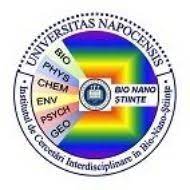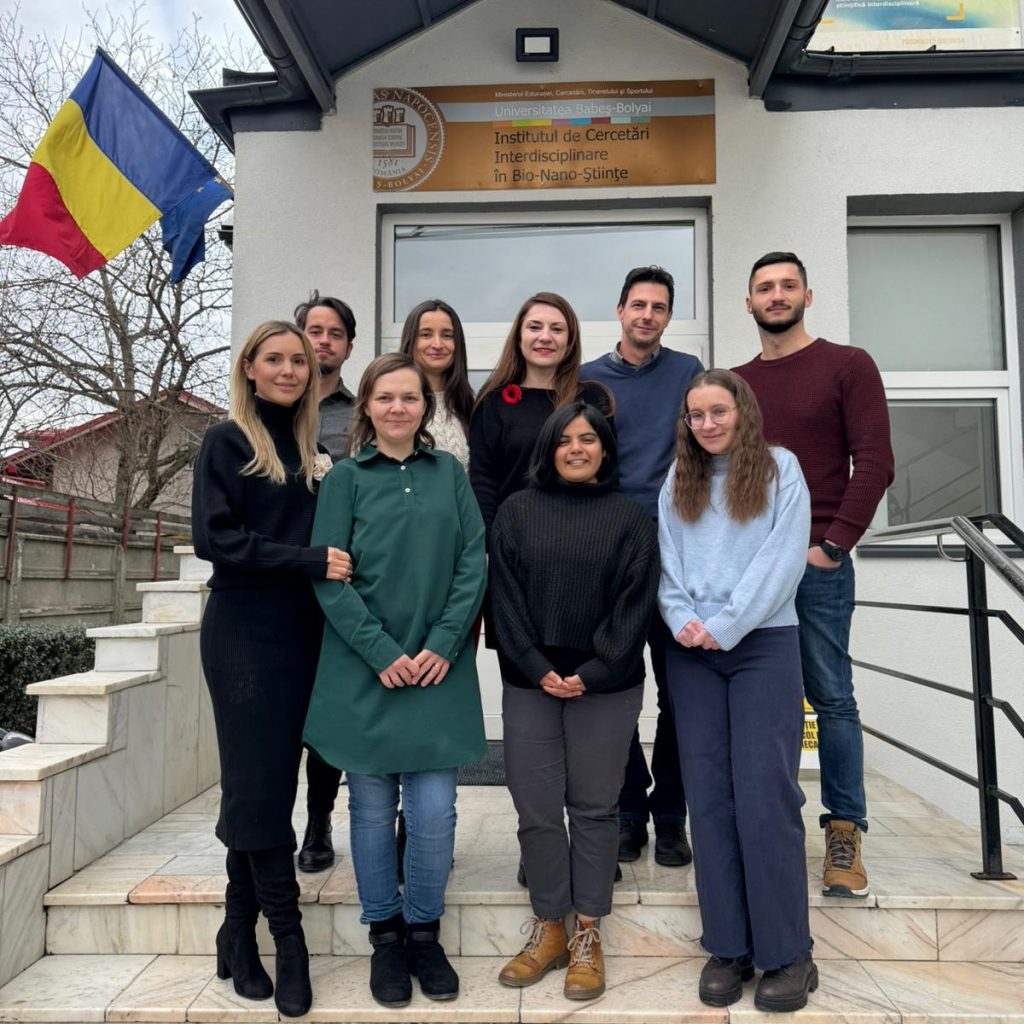Center for Environmental Radioactivity and Nuclear Dating
Director:
Professor Dr. Alida Timar-Gabor
alida.timar@ubbcluj.ro
Laboratories:
Electronic paramagnetic resonance laboratory
Luminescence dating and dosimetry laboratory
Nuclear spectroscopy laboratory
Hyperspectral resolved scanning electron microscopy based cathodoluminescence
Human Resources
External members
Alumni (2016-present)
Research infrastructure
- ZEISS GeminiSEM 360 series Field Emission Scanning Electron Microscope with Integrated Pegasus EDS/EBSD system (Octane Elect Plus, Velocity Plus, PV 5600-EL-PL-Vel-PL)
- Gatan Monarc Pro system for cathodoluminescence (CL) emissions
- Bruker INVENIO-S Fourier Transform Infrared Spectrometer
- Electronic spin resonance spectrometer in X (9.8 Ghz) and Q (34 GHz) band with variable temperature control system (100-600 K), model Bruker EMXplus manufacturer Bruker BioSpin GmBH
- Automatic thermoluminescence and optically stimulated luminescence reader, model Risø DA-20-C/D manufacturer Technical University of Denmark – three pieces, two of which with laser stimulation and options to measure individual grains
- Gamma spectrometry, two high-resolution gamma spectrometric chains with hyperpure germanium detectors, one well and one planar with aluminum window. Four spectrometric alpha cameras with Ortec multichannel analyzer
- Radon detection equipment: RAD 7 and RADIM radon detectors
- Harshaw 3500 thermoluminescence installation
- Chemical laboratory for the synthesis and preparation of samples
- Others: Geological Crusher RETSCH BB50, Honle Solar Simulator SOL 2000, CARBOLITE GERO Tube Furnace
Laboratories
Electronic paramagnetic resonance laboratory

Luminescence dating and dosimetry laboratory

Nuclear spectroscopy laboratory
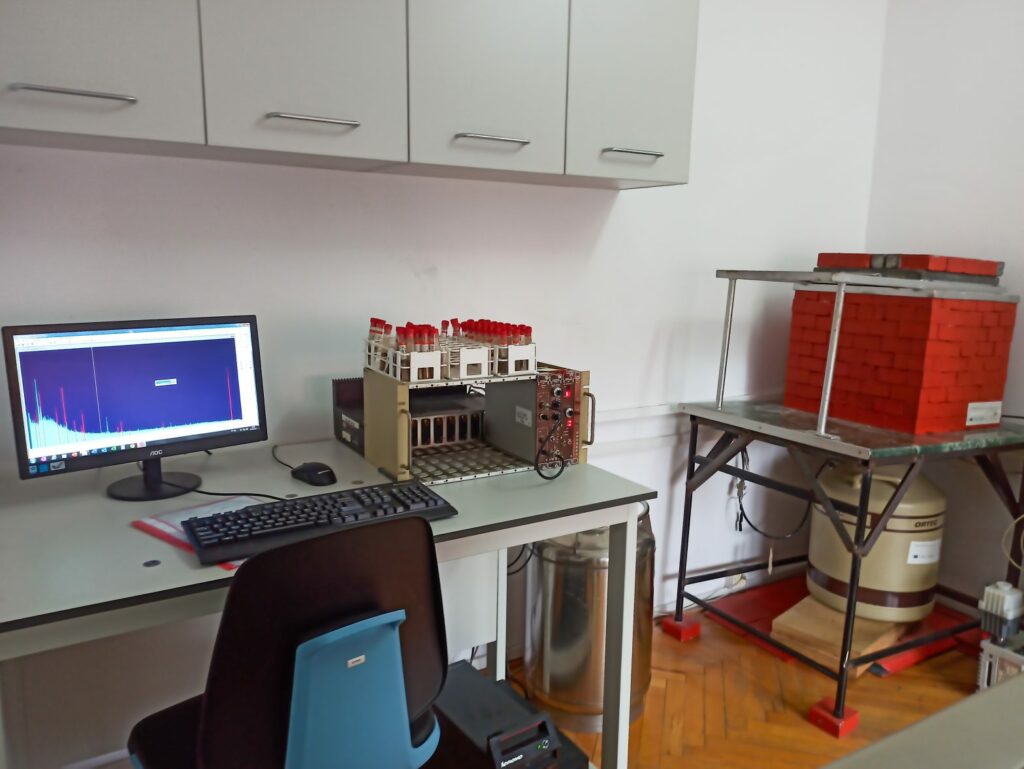
Hyperspectral resolved scanning electron microscopy based cathodoluminescence

Research themes

Luminescence dating and electron paramagnetic resonance dating
Luminescence dating was initially proposed as a method for obtaining the ages of ceramic materials discovered in archaeological sites, but the further development of the method was marked by applications in geology, paleoclimatology and geo-archaeology. Luminescent dating methods allow direct determination of depositional times for various sedimentary environments. At the moment, our laboratory is the only fully functional laboratory of this type in our country, and its activities are internationally recognized. In 2016, the luminescence dating laboratory was completed with the development of the electronic paramagnetic resonance laboratory, the method being currently used both in dating studies and for conducting fundamental studies to obtain a better understanding of the irradiation defects in the structure of natural minerals. The integrated use of the two techniques for dating is carried out in few centers in the world at the moment.
The study of the luminescent dosimetric properties of some new and/or unconventional materials
Performing retrospective dosimetry studies is imperative in the event of a nuclear accident, radiological event or terrorist attack involving the use of radioactive sources. Therefore, the development of measurement methods, especially based on the use of objects or materials in the immediate vicinity of the body of those exposed, is of major importance. Considering these aspects, we investigate the luminescent dosimetric properties of some unconventional materials:
a) for their use as TL/OSL dosimeters in retrospective accident dosimetry
b) for the development of materials that can be used as dosimeters in the medical field

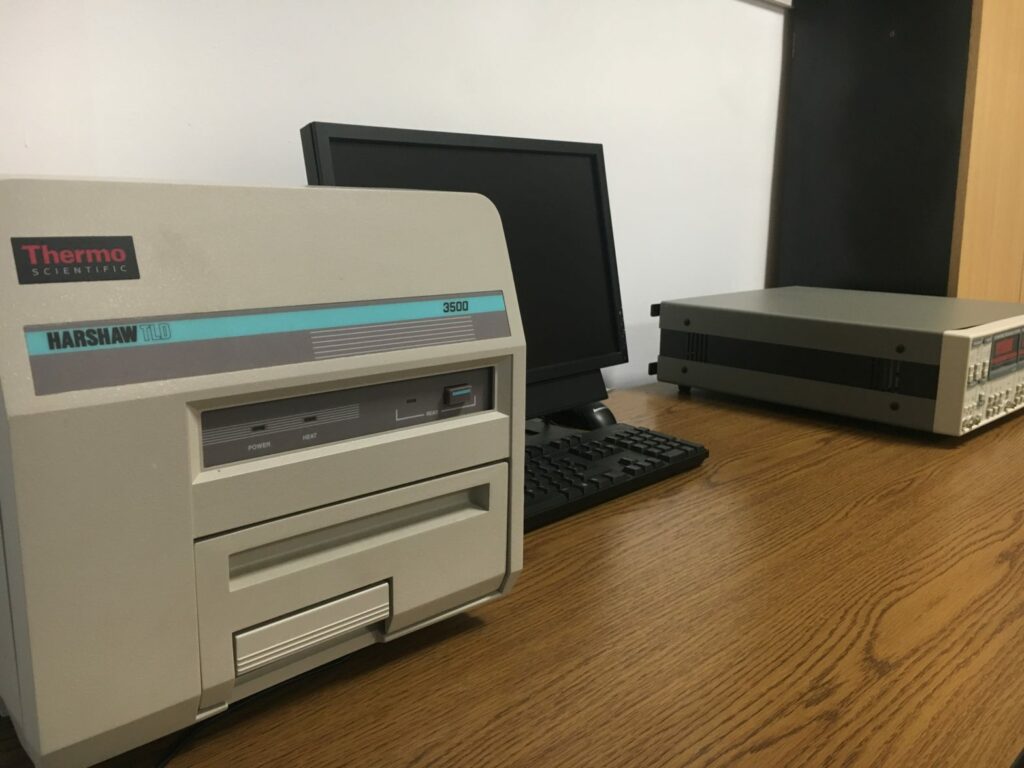
Environmental dosimetry and medical dosimetry using TL detectors based on lithium fluoride
Thermoluminescence dosimetry, part of solid-body dosimetry, is a very popular method at the international level, but extremely rarely used in Romania both for measuring and monitoring the background of natural radiation, as well as in the medical field. Among the advantages of this method is the possibility of performing integrated measurements over varying periods of time, from a few days to a few months, in wide dose ranges, by using small, low-cost detectors.
The study of the luminescent dosimetric properties of some new and/or unconventional materials
Performing retrospective dosimetry studies is imperative in the event of a nuclear accident, radiological event or terrorist attack involving the use of radioactive sources. Therefore, the development of measurement methods, especially based on the use of objects or materials in the immediate vicinity of the body of those exposed, is of major importance. Considering these aspects, we investigate the luminescent dosimetric properties of some unconventional materials:
a) for their use as TL/OSL dosimeters in retrospective accident dosimetry
b) for the development of materials that can be used as dosimeters in the medical field


Pb-210 dating
The information stored in the natural sedimentary archives is used in a wide range of applications, such as: detecting changes in pedological processes of erosion, historical highlighting of changes in the quality of water in lakes, monitoring atmospheric pollution with heavy metals, organic pollutants, radioactive emissions, And so on Knowing an exact chronology of sedimentary deposits is of great importance in the interpretation of this information, and one of the most important dating methods of recent sediments (the last 200 years) is the Pb-210 method.
Fingerprinting and quantitiative provenance studies
Scanning Electron Microscopy (SEM) combined with Cathodoluminescence (CL) wavelength-resolved spectroscopy is a powerful analytical technique that can used to investigate defects in quartz crystals. By bombarding the sample with electrons in the SEM, cathodoluminescence emissions are induced from defects within the quartz structure. The emitted light is then analyzed spectrally to reveal detailed information about the nature and distribution of defects, providing valuable insights into the geological history, structural properties, weathering, transportation, and recycling processes. Combining these techniques with the electron spin resonance (ESR) and luminescence methods offers a comprehensive approach to decode the geological information inside the quartz grains.
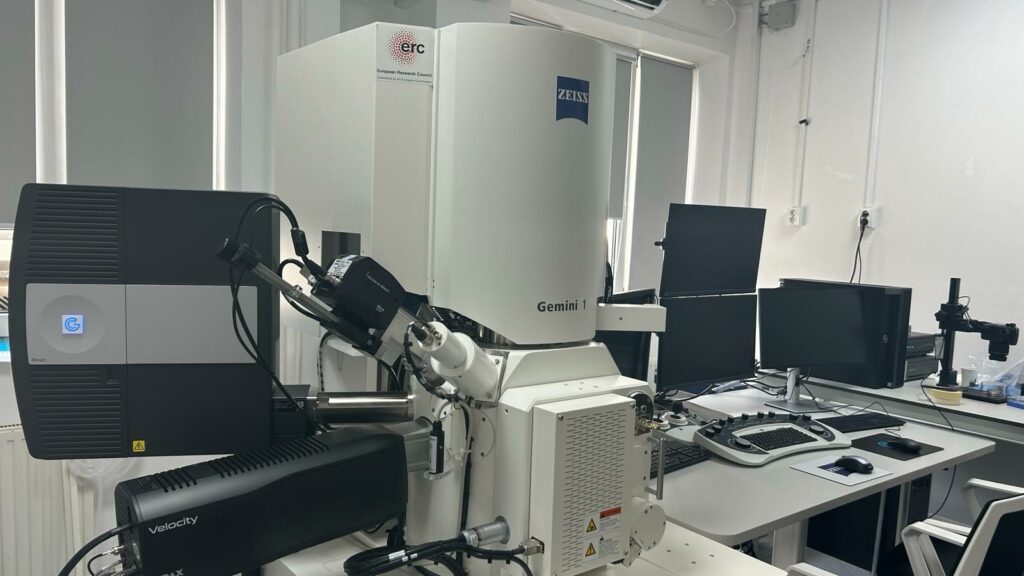
Research projects
PROGRESS ERC COG 101043356 – Reading provenance from ubiquitous quartz: understanding the changes occurring in its lattice defects in its journey in time and space by physical methods- CLICK TO SEE MORE
INTERTRAP- “Integrated dating approach for terrestrial records of past climate using trap loading methods”, EUROPEAN RESEARCH COUNCIL STARTING GRANT 678106, HORIZON 2020 (1 April 2016-1 April 2021) –CLICK TO SEE MORE
KARSTHIVES – “Rock deposits as archives of climate and environmental change. A center of excellence in speleological research”, Research Program Romania – SEE, EEA-RO-NO-2018-0126
PN-III-P3-3.6-H2020-2016-0016, no. contract 7/2006, entitled “Premiere H2020 Integrated Absolute Dating Approach for Terrestrial Records of Past Climate Using Intercept Loading Methods (INTERRAP)” (September 1, 2016-April 1, 2021)
PN-III-P1-1.1-TE-2016-0814, with the title “Studies on the effects of land use changes on soil erosion and high sedimentation rates using radionuclides”
PN-III-P1-1.1-PD-2019-0895, with the title “To what extent can errors associated with the luminescence dating method be reduced: applied study on the variability of ages obtained on syn-sedimentary loess samples”
PN-III-P1-1.1-TE-2021-0213, entitled “C reservoir or source: assessing the impact of climate change and anthropogenic influences on SE-European peatlands over the last 150 years” – CLICK TO SEE MORE
